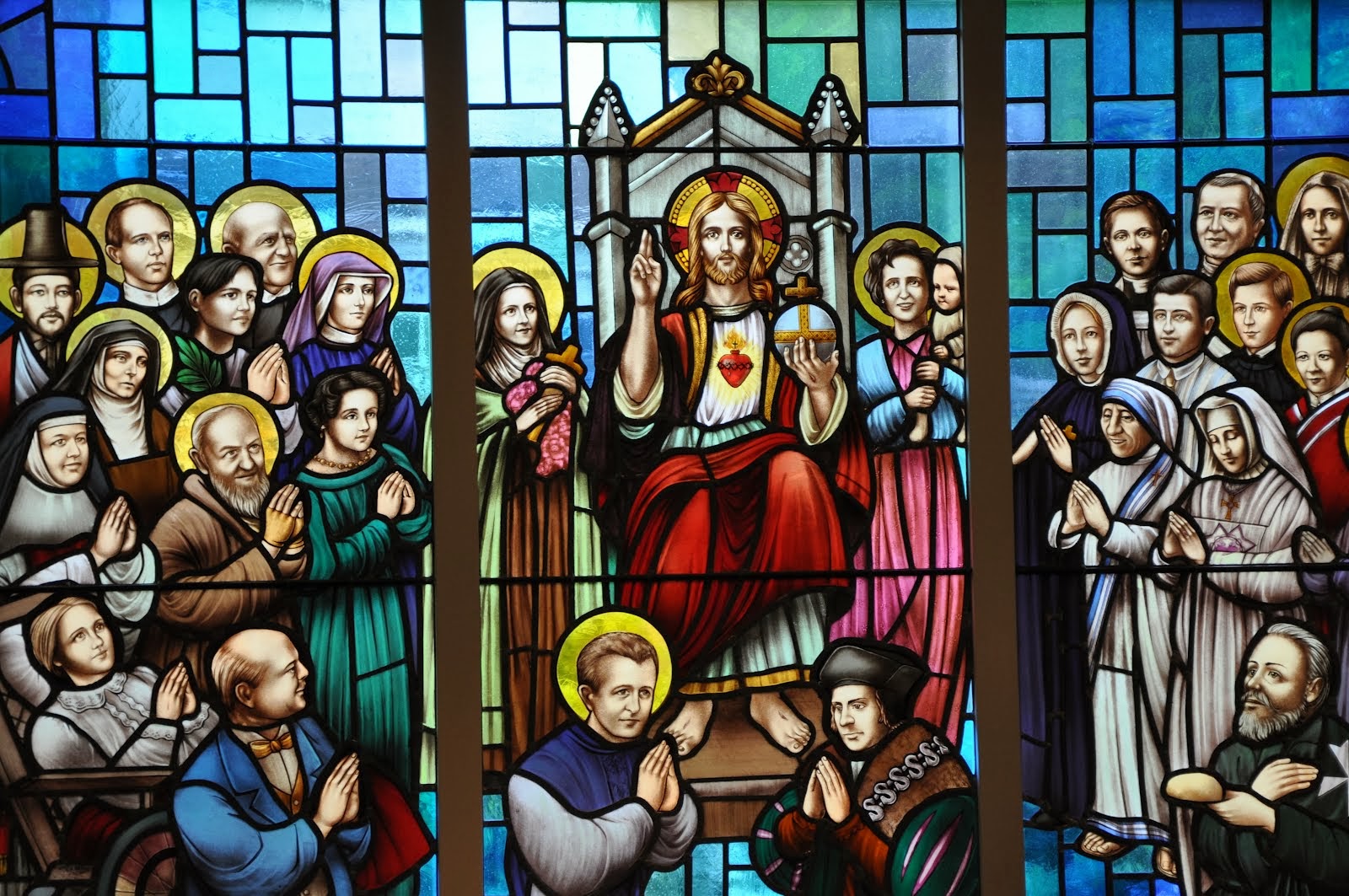
“The Church is one which with increasing fecundity extends far and wide into the multitude, just as the rays of the sun are many but the light is one, and the branches of the tree are many but the strength is one founded in its tenacious root, and, when many streams flow from the one source, although a multiplicity of waters seems to have been diffused from the abundance of the overflowing supply nevertheless unity is preserved in their origin…Thus too the Church bathed in the light of the Lord projects its rays over the whole world, yet there is one light which is diffused everywhere, and the unity of the body is not separated. She extends her branches over the whole earth in fruitful abundance; she extends her richly flowing streams far and wide; yet her head is one, and her source is one, and she is the one mother copious in the results of her fruitfulness.” St. Cyprian of Carthage (3rd century)
“Let us love our Lord God, let us love His Church: Him as a Father, Her as a Mother: Him as a Lord, Her as His Handmaid, as we are ourselves the Handmaid’s sons. But this marriage is held together by a bond of great love: no man offends the one, and wins favor of the other. Let no man say, ‘I go indeed to the idols, I consult possessed ones and fortunetellers: yet I abandon not God’s Church; I am a Catholic.’ While you hold to your Mother, you have offended your Father…Hold then, most beloved, hold all with one mind to God the Father, and the Church our Mother.” St. Augustine of Hippo (4th-5th centuries, Doctor of the Church)
“The Holy Church is likened to a net, because it is given into the hands of fishers, and by it each man is drawn into the heavenly kingdom out of the waves of this present world, that he should not be drowned in the depth of eternal death.” St. Thomas Aquinas (13th century, Doctor of the Church)
“The greatest charity we can do to a man is to lead him to the true Church.” St. Peter Julian Eymard (19th century)
“Now the way to reach Christ is not hard to find: it is the Church…. It was for this that Christ founded it, gaining it at the price of His blood, and made it the depositary of His doctrine and His laws, bestowing upon it at the same time an inexhaustible treasury of graces for the sanctification and salvation of men.” Pope St. Pius X (19th-20th centuries)
“God could have established his Church under supervision of angels that have no faults or weaknesses. But who can doubt that as it stands today, consisting of and under the supervision of poor sinners—successors to the ‘poor fishermen of Galilee’ the Church is a more outstanding miracle than any other way?” Bl. Solanus Casey (19th-20th centuries)
“The Catholic Church is set apart and distinguished by these characteristics: unity of doctrine, unity of organization, unity of worship. This unity is so conspicuous that by it all men can find and recognize the Catholic Church.” Pope St John XXIII (19th-20th centuries)
“Do men shake fists over the tomb of Napoleon?…Do forces assault the tomb of Lenin? These men are dead. But they do storm the citadel of Christ; they do rage against His Spouse; they do kill the members of His Body; they do try to stifle the young hearts that would breathe His name in school. Therefore Christ must be alive today in His Body which is the Church. The Church can still make the evil forces of the world angry. It can still inspire persecution. Therefore Christ is with us. The exhilaration of being counted a foe of evil is the joy of honor.” Ven. Fulton Sheen (19th-20th centuries)
“In the Holy Spirit, the Church receives and hands down the Scripture as the witness to the ‘great things’ which God has done in history; she professes by the lips of her Fathers and Doctors the truth of the Word made flesh, puts His precepts and love into practice in the lives of her Saints and in the sacrifice of her Martyrs, and celebrates her hope in Him in the Liturgy. By this same Tradition Christians receive ‘the living voice of the Gospel,’ as the faithful expression of God’s wisdom and will.” Pope St. John Paul II (20th-21st centuries)
